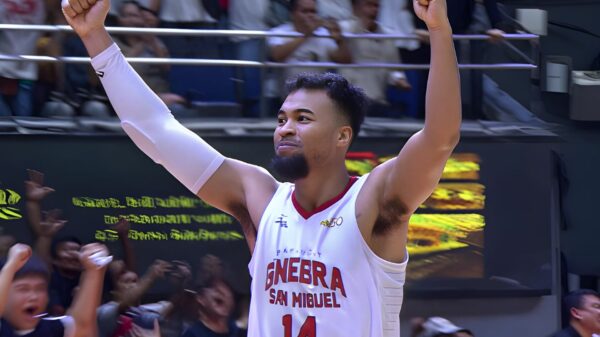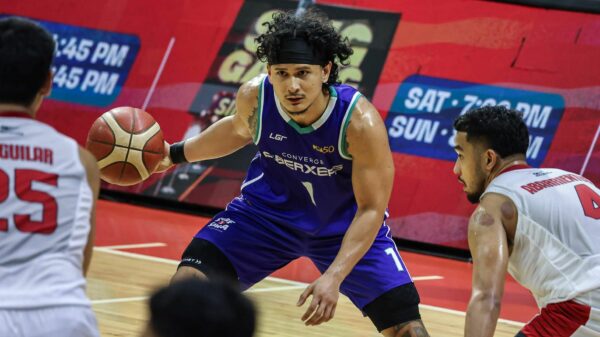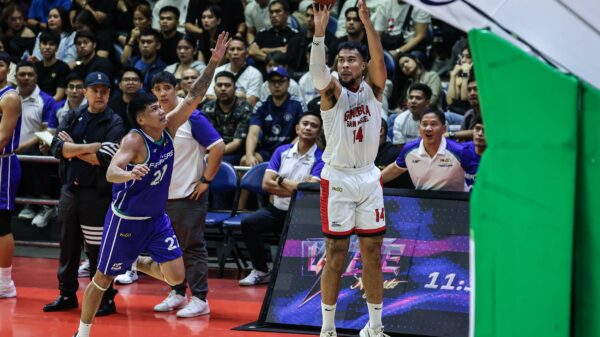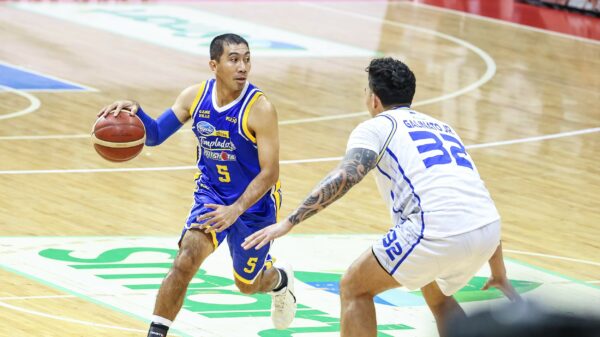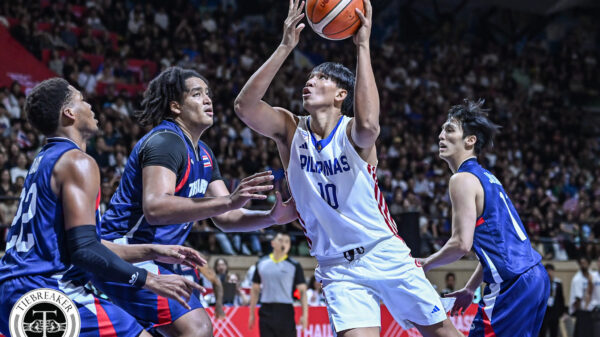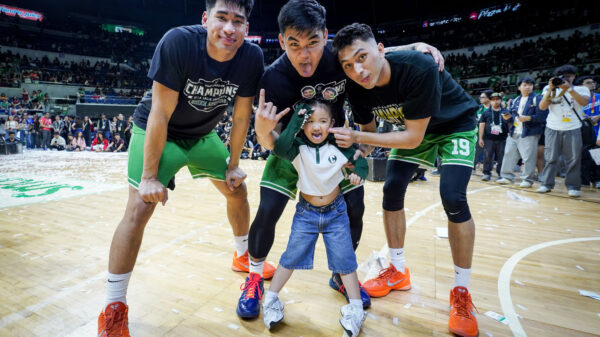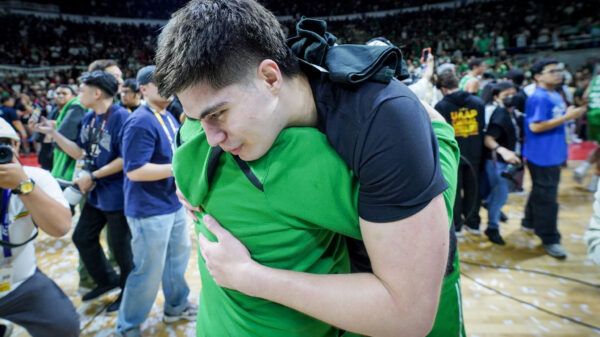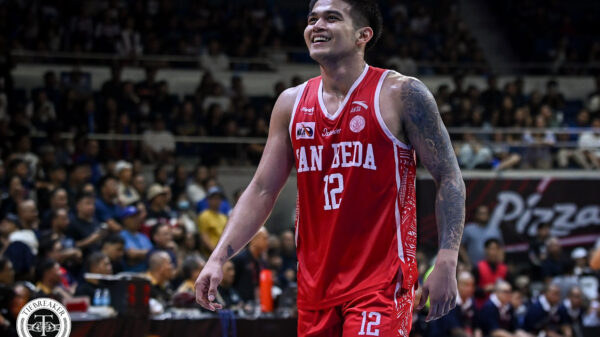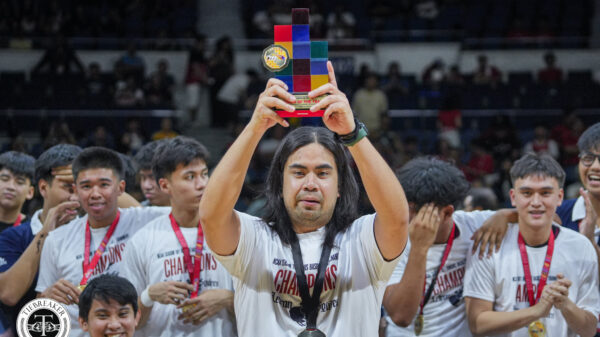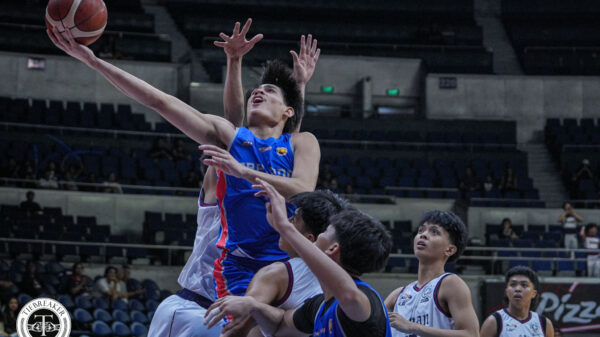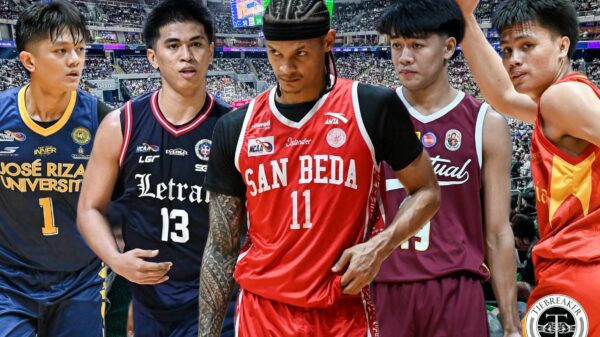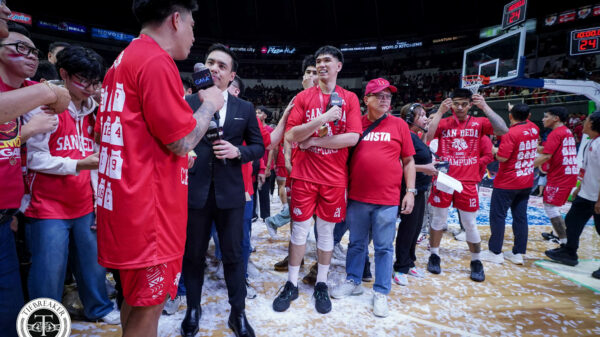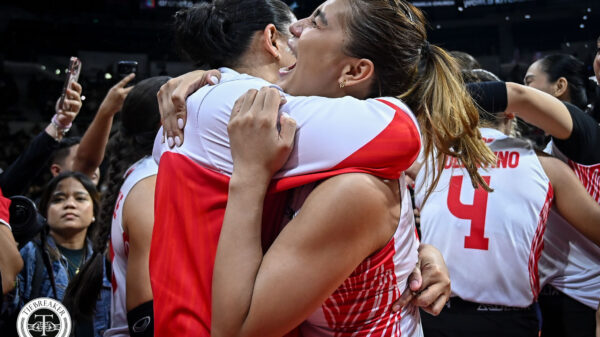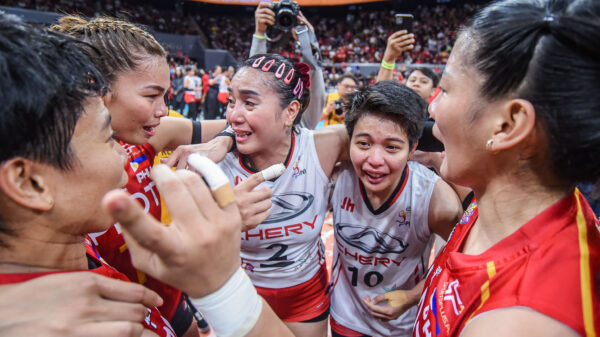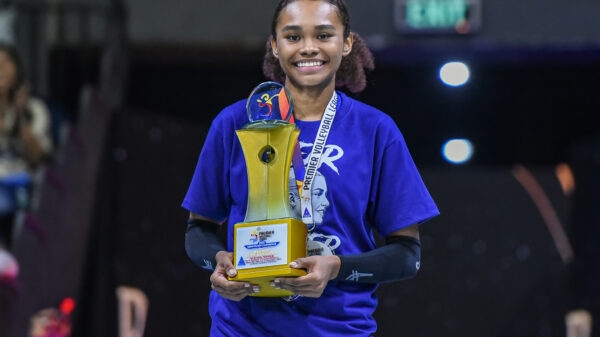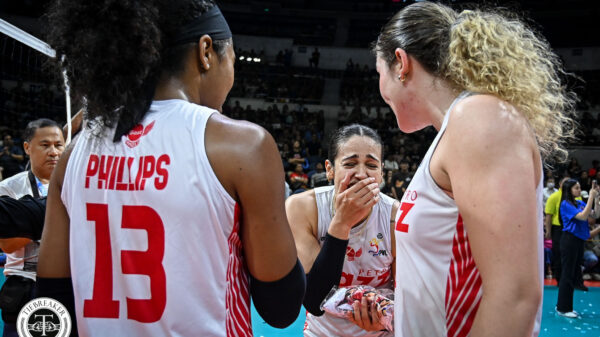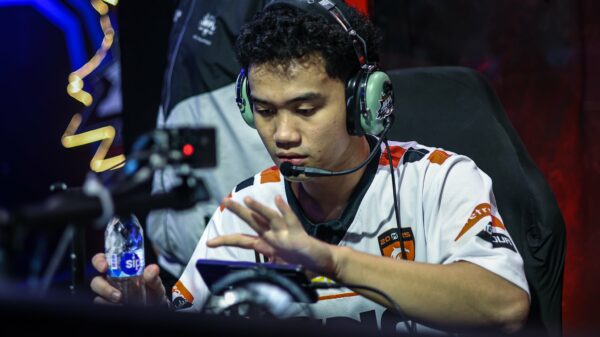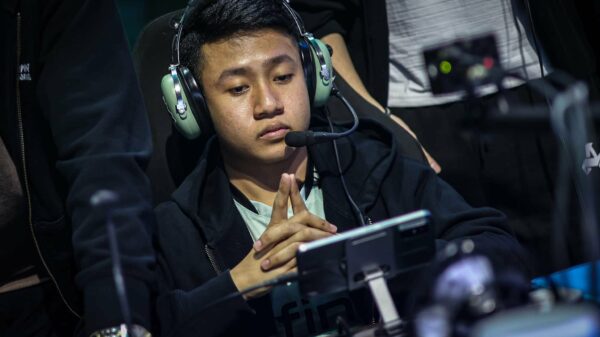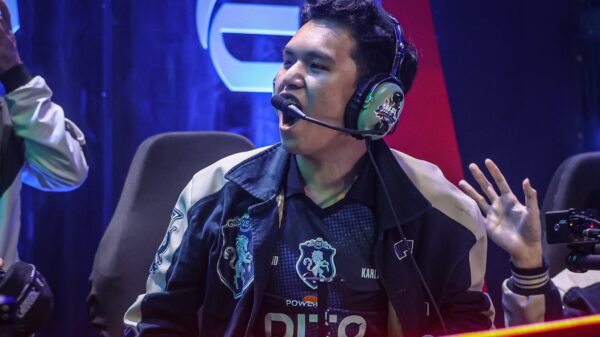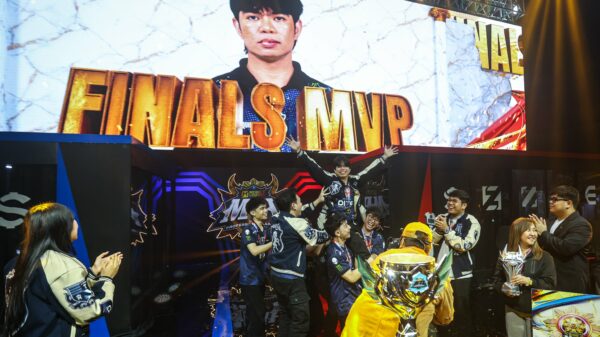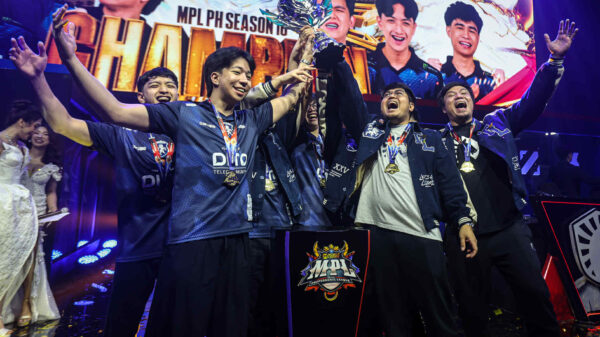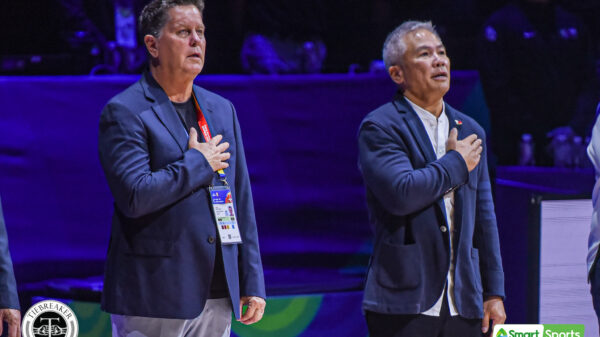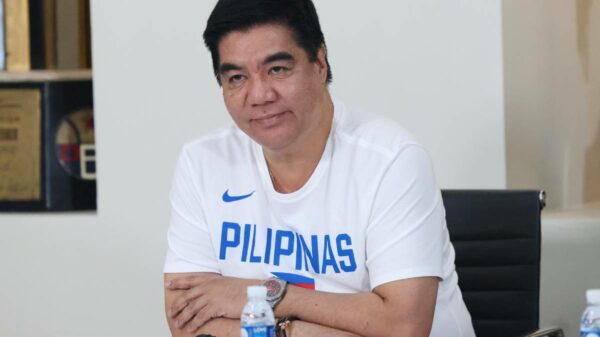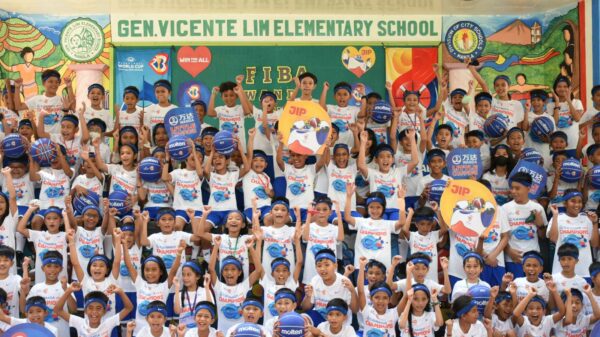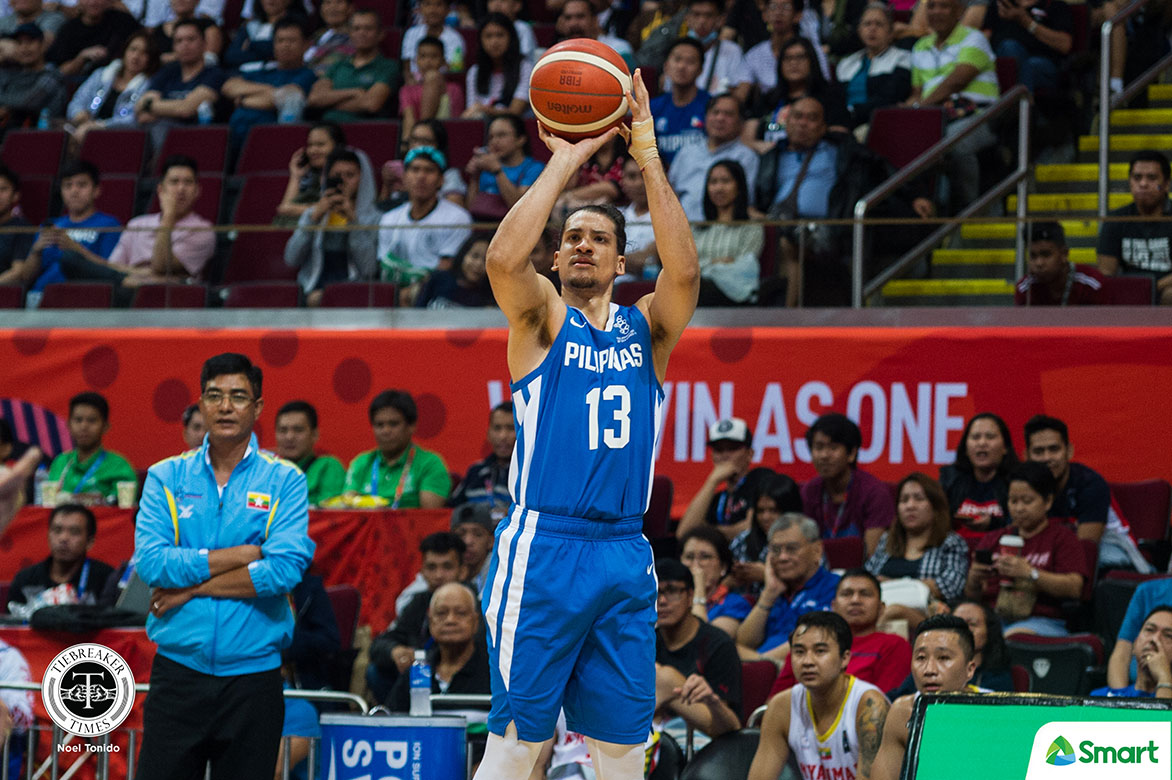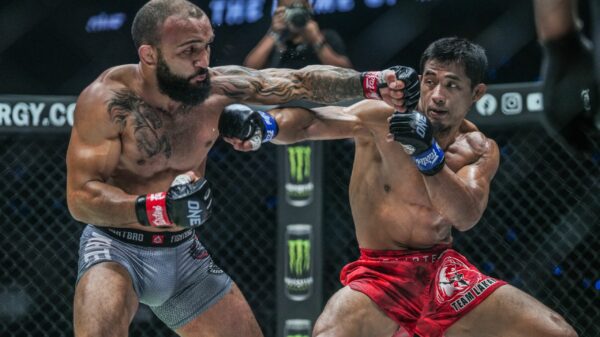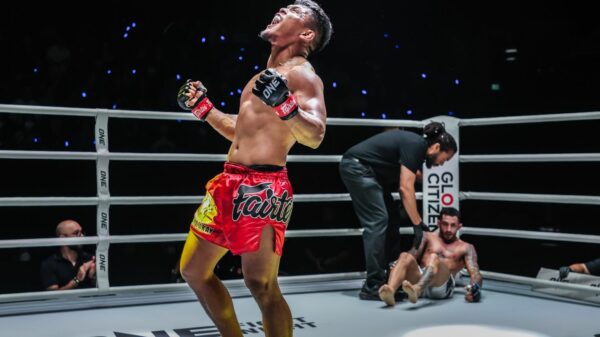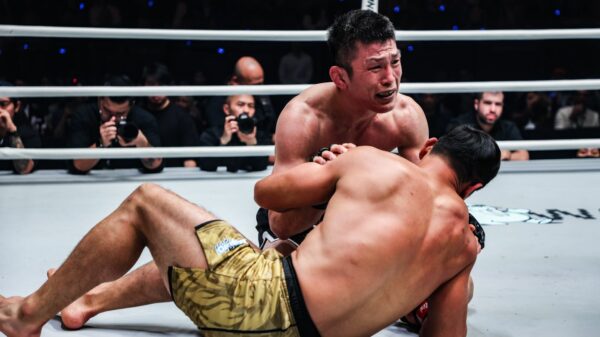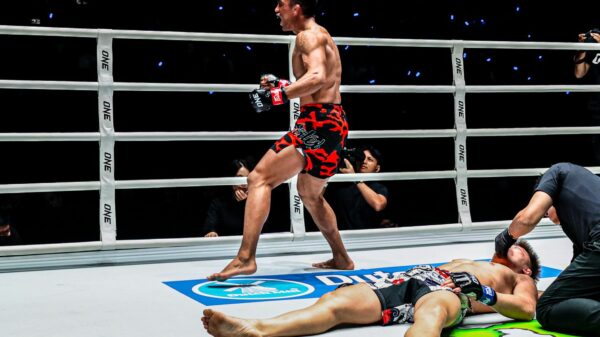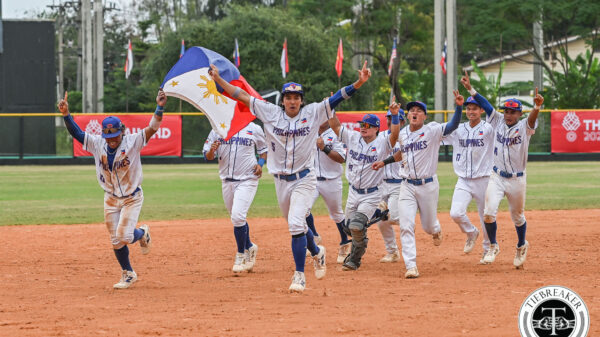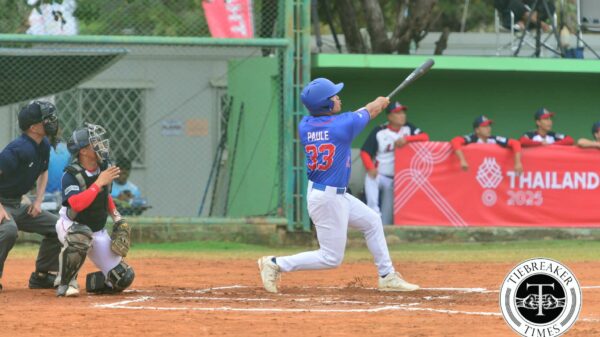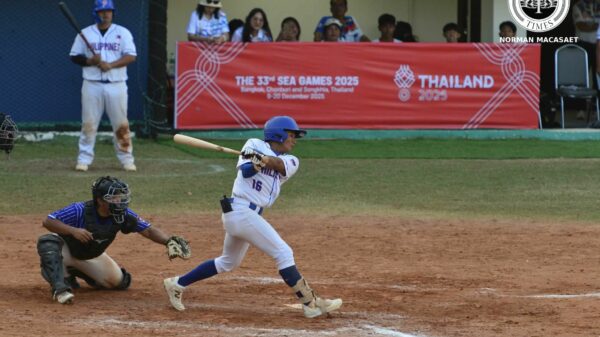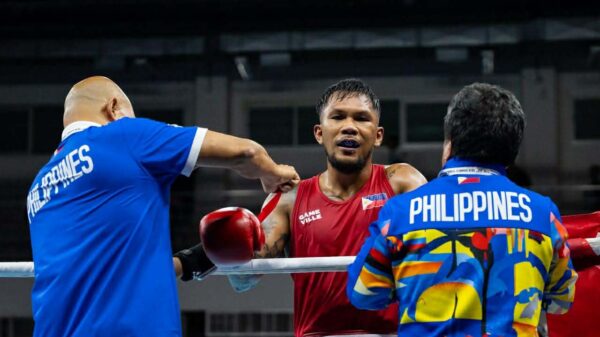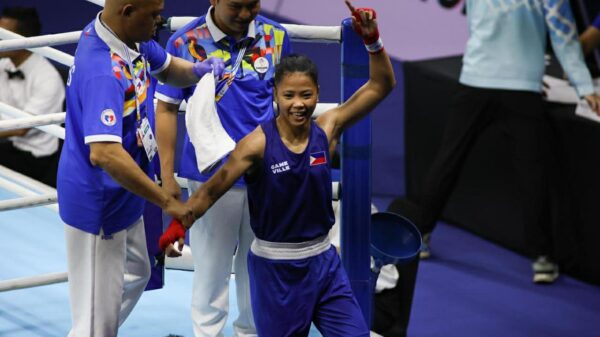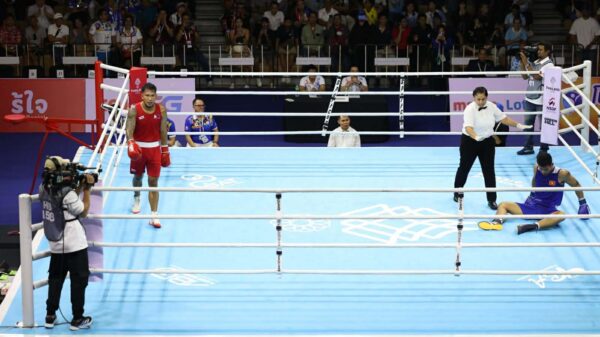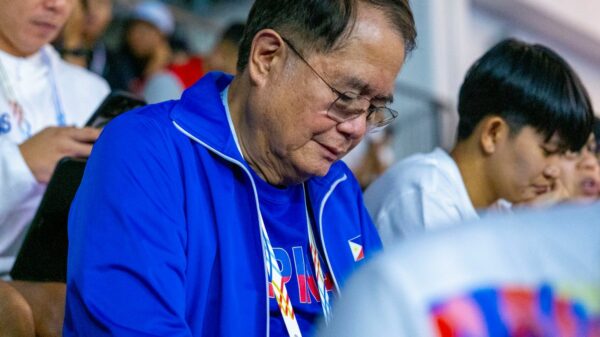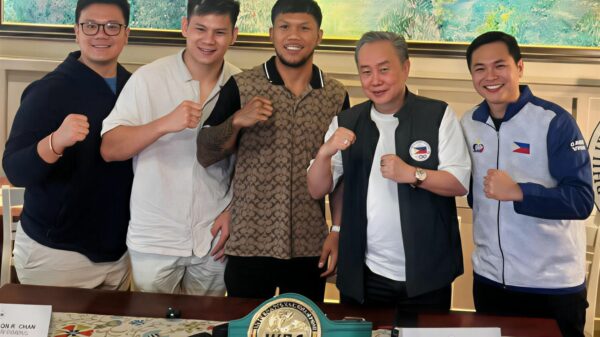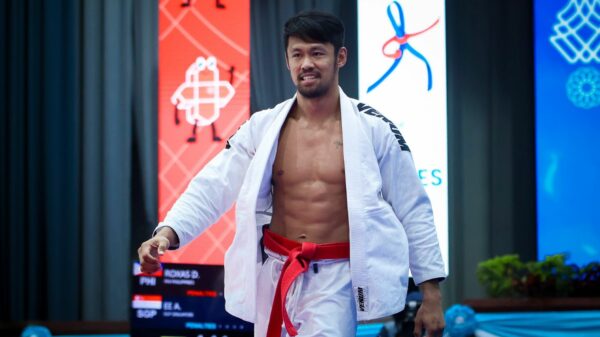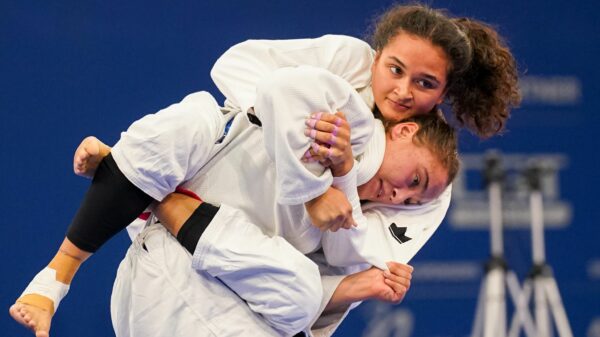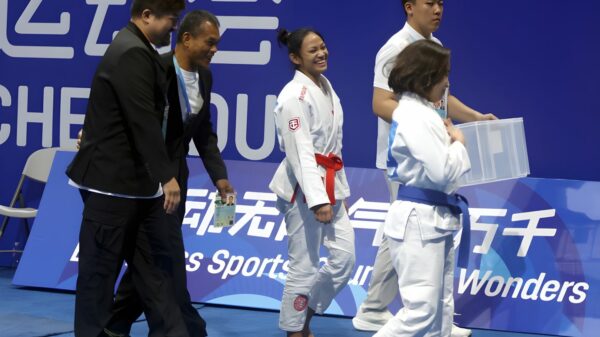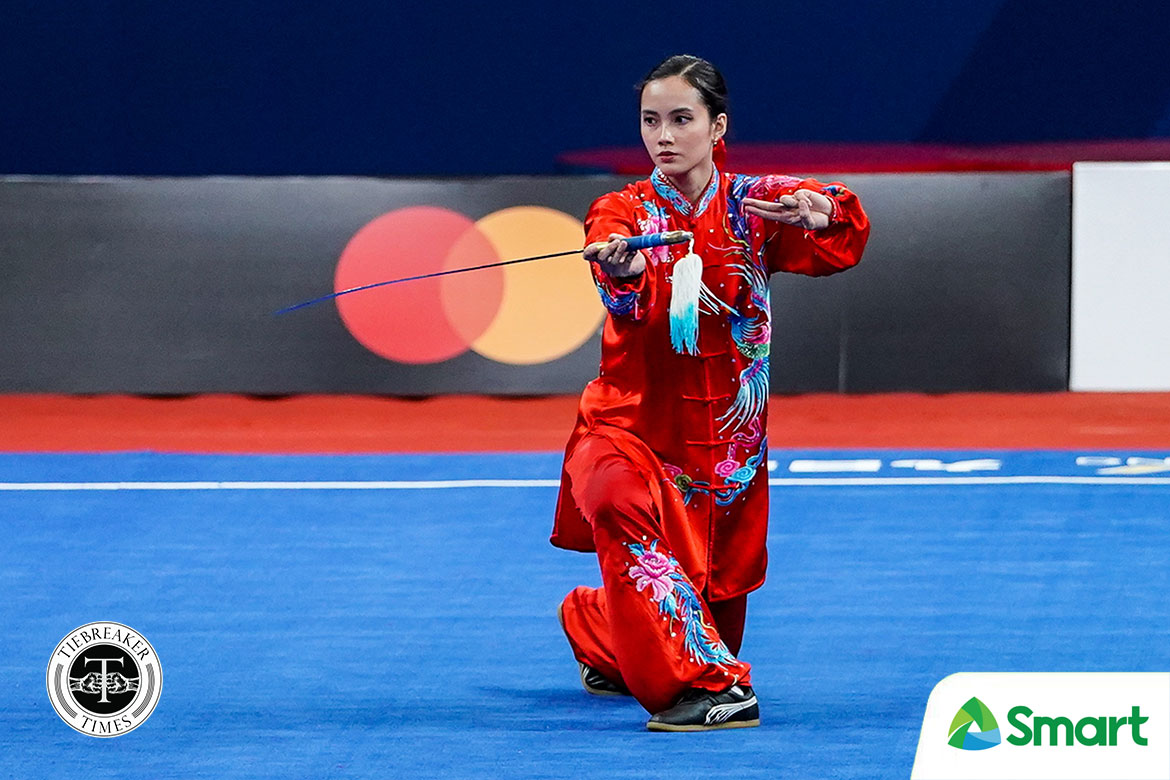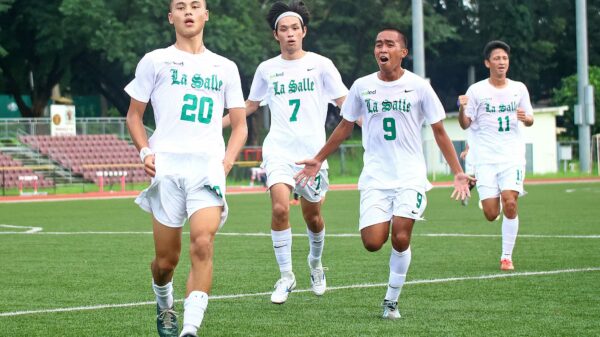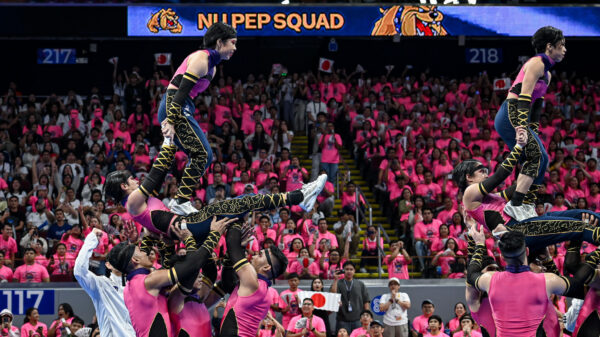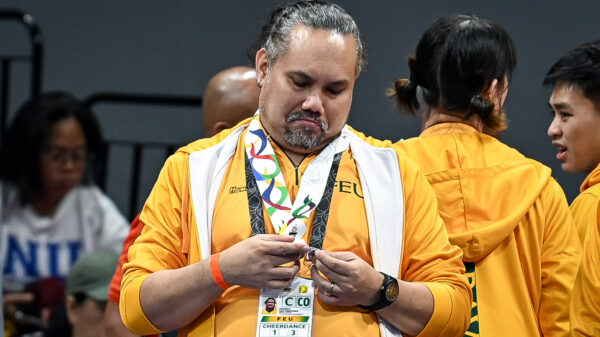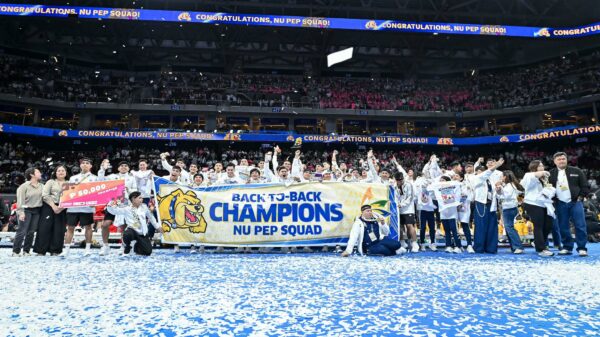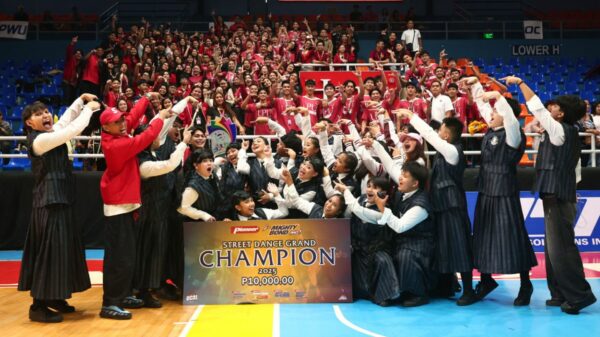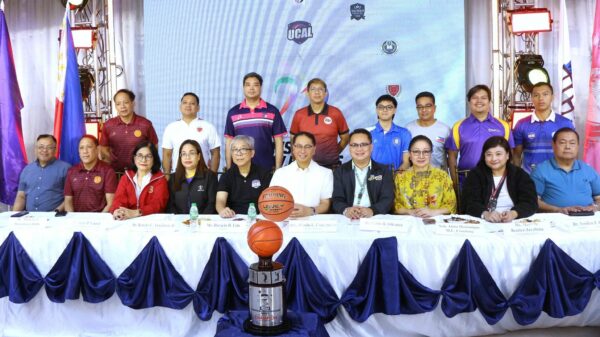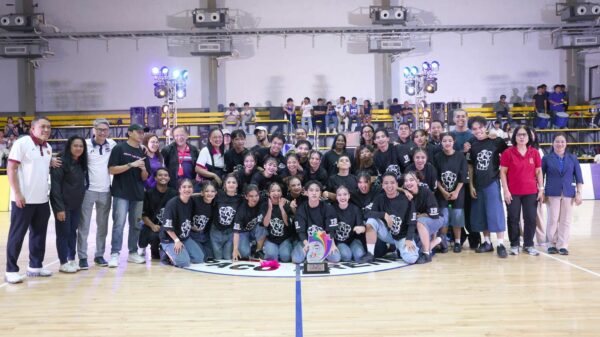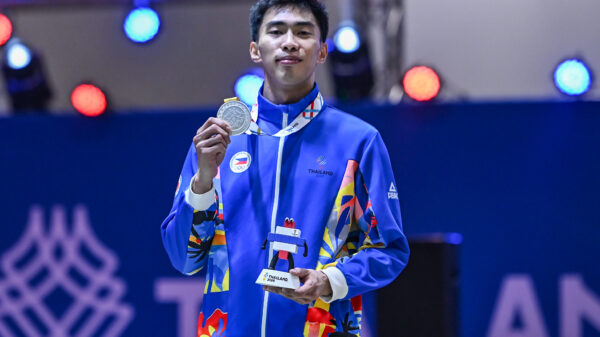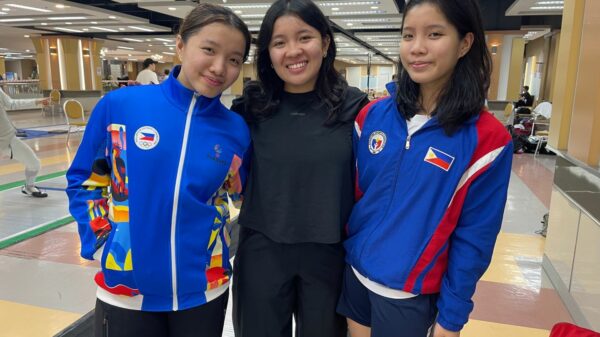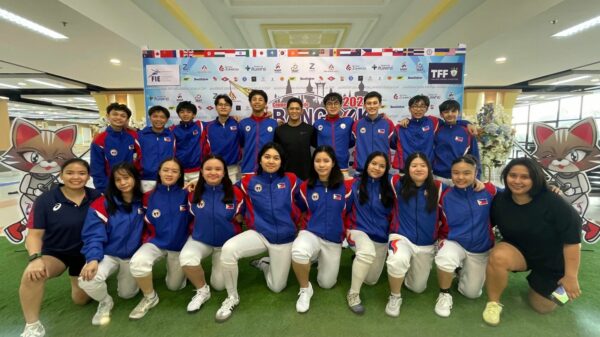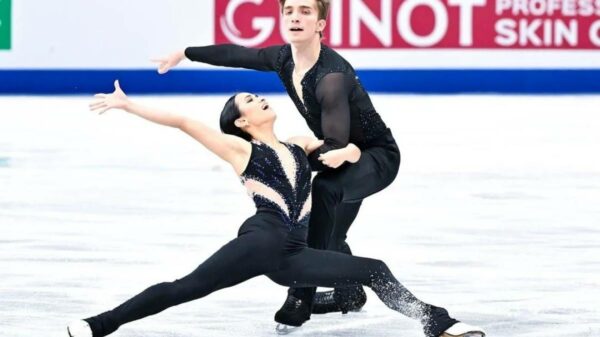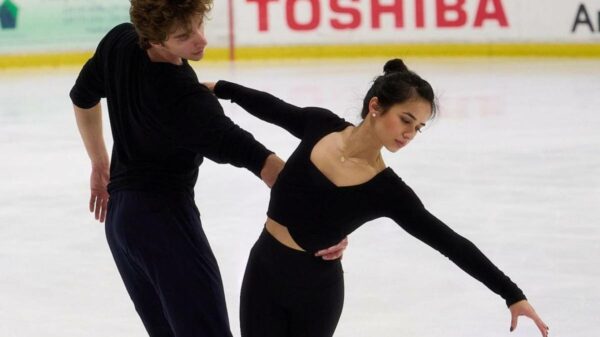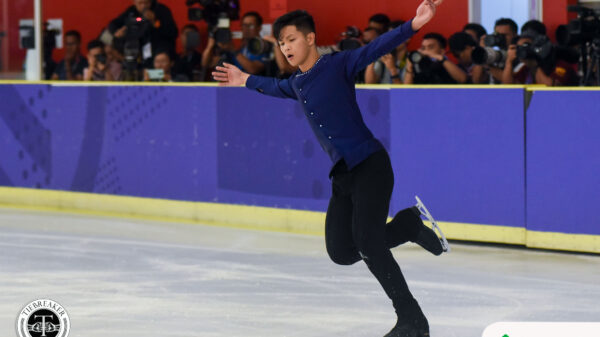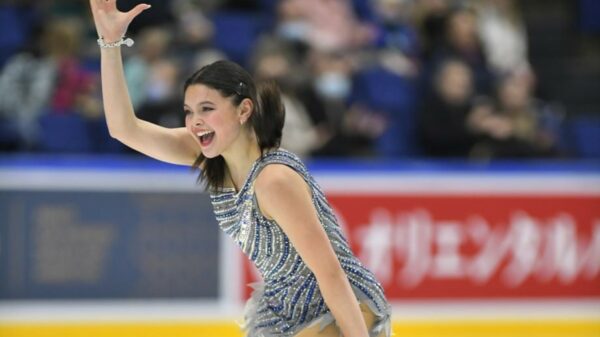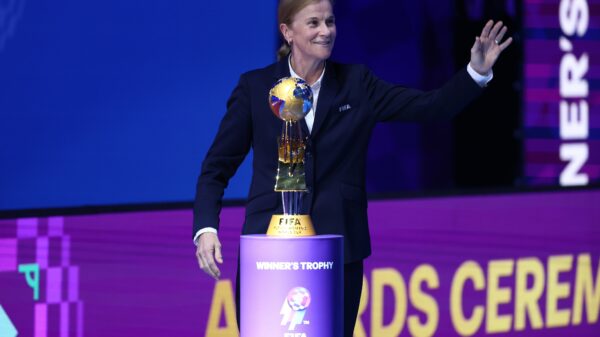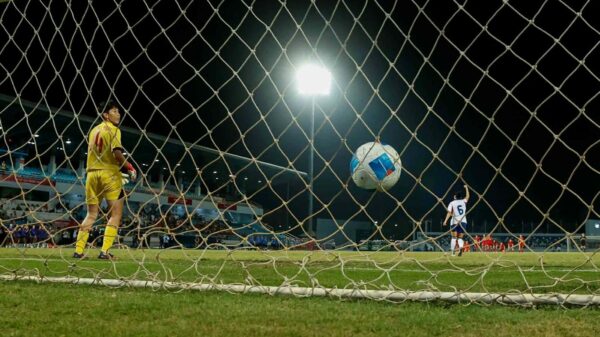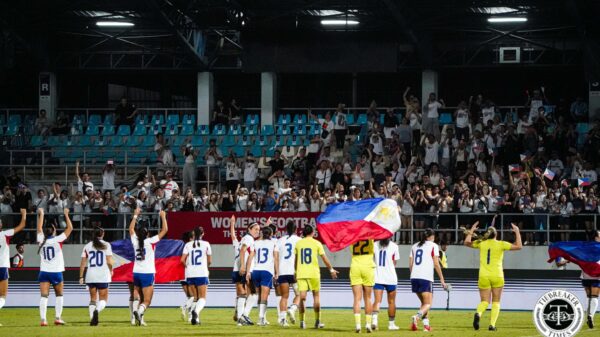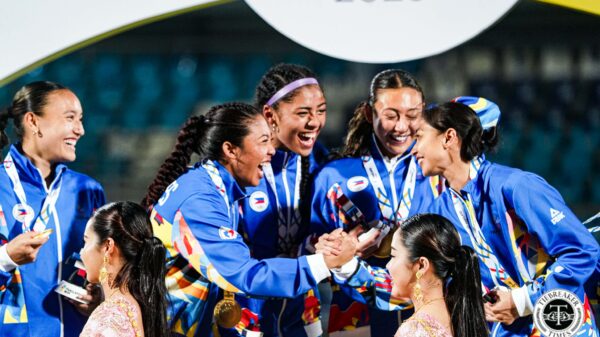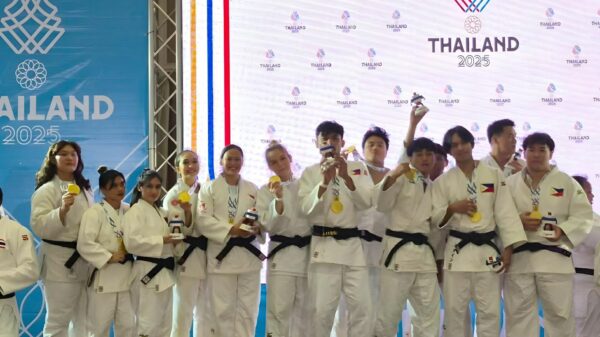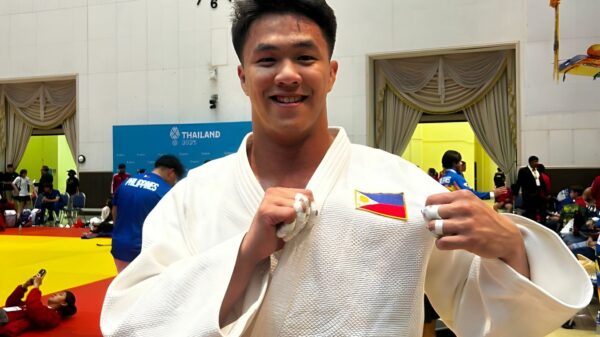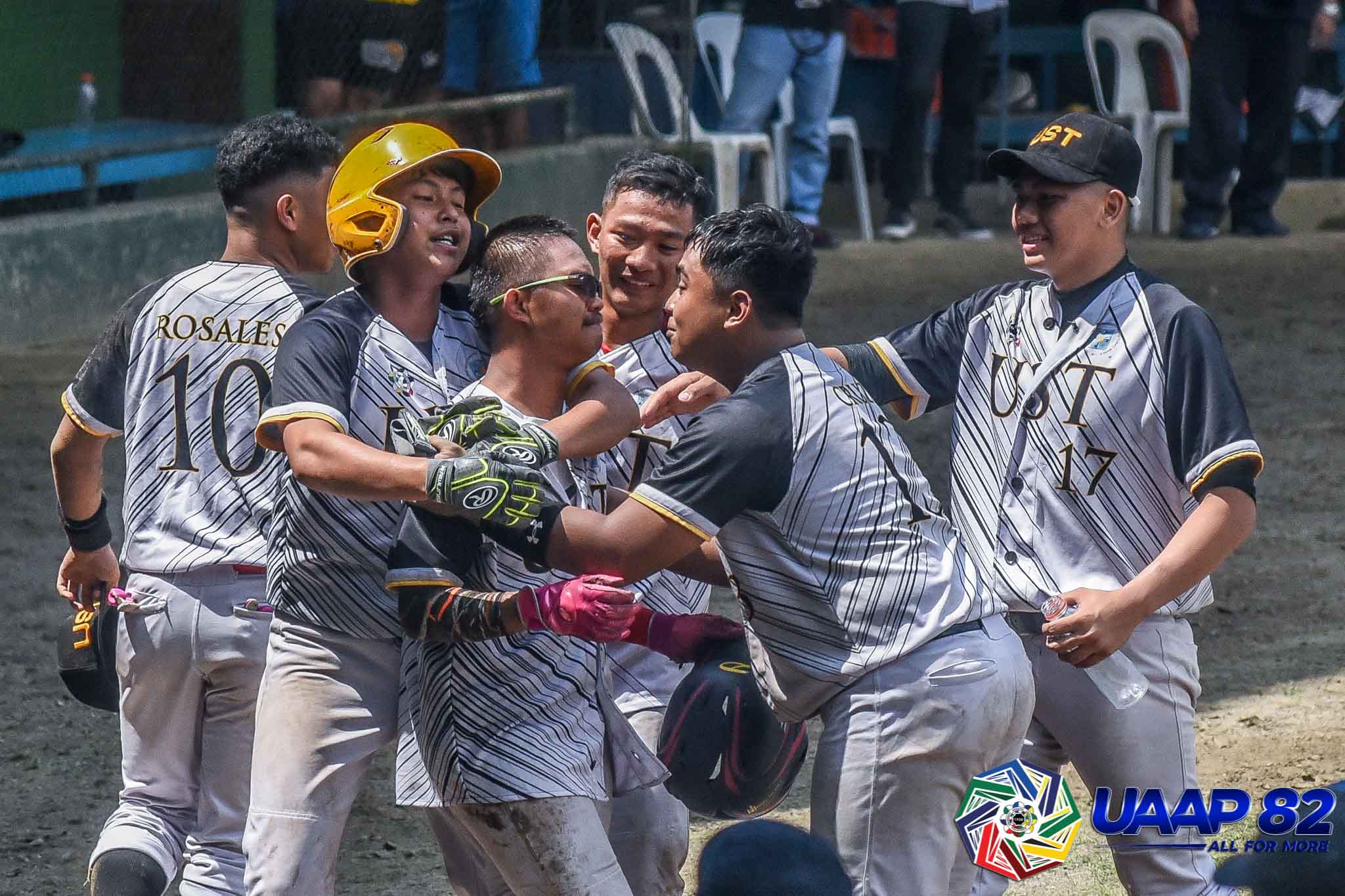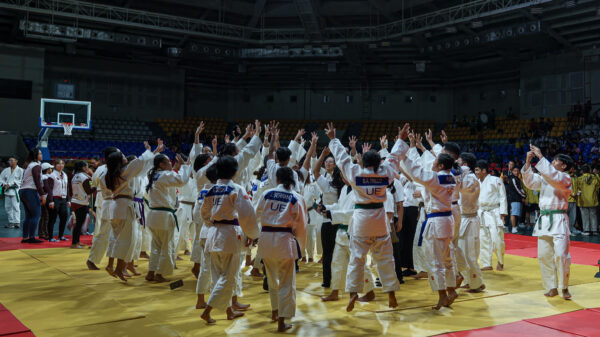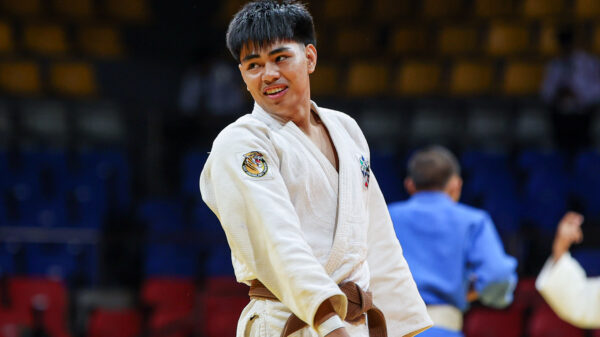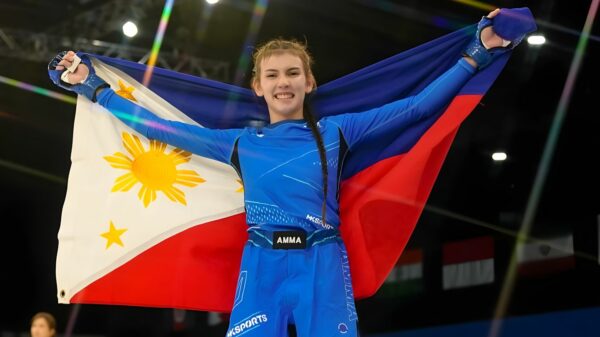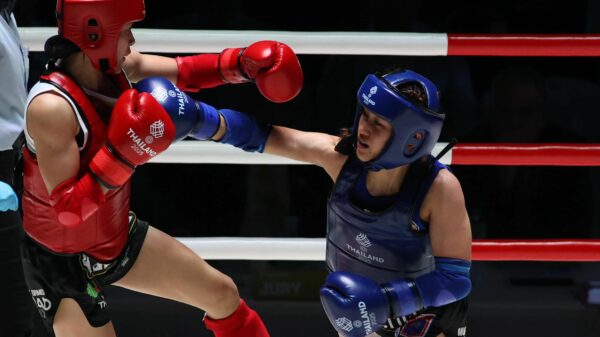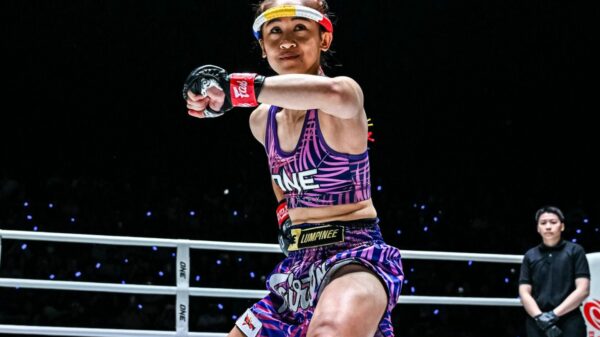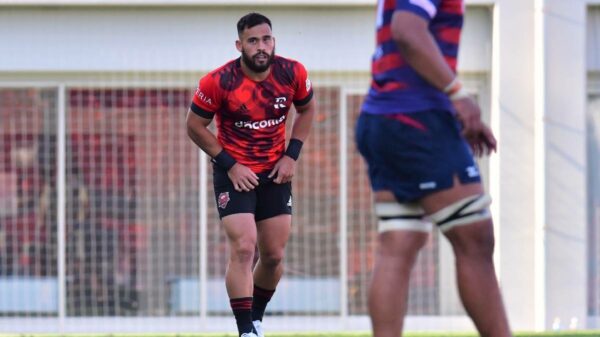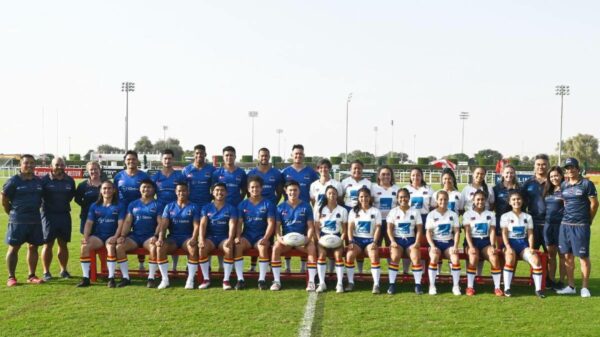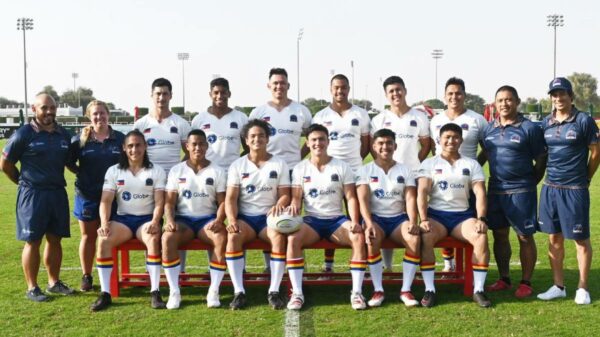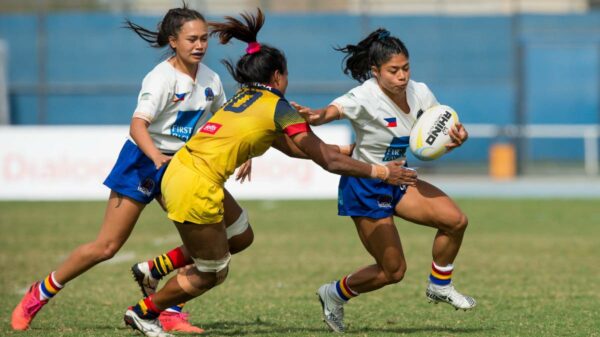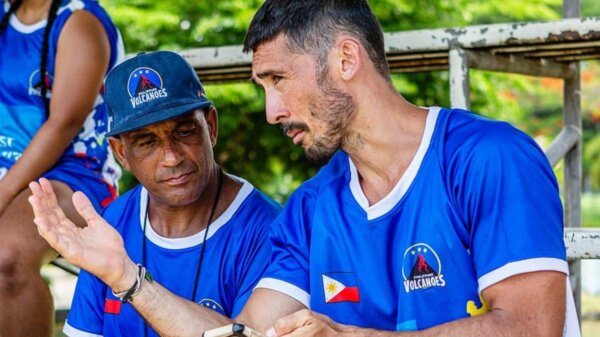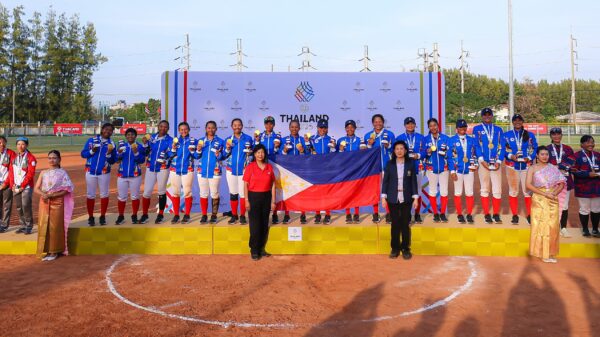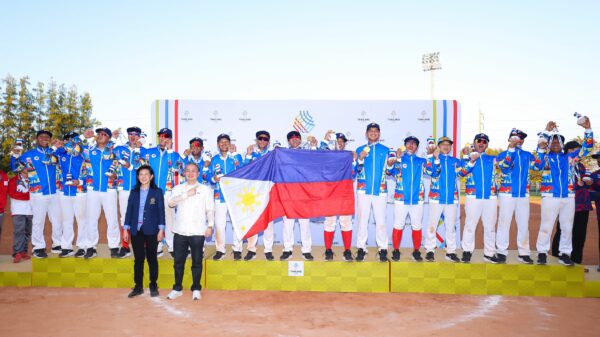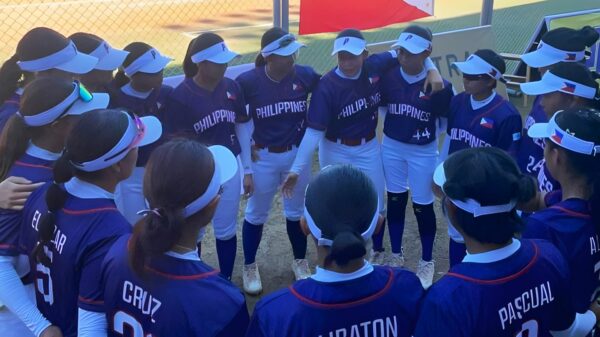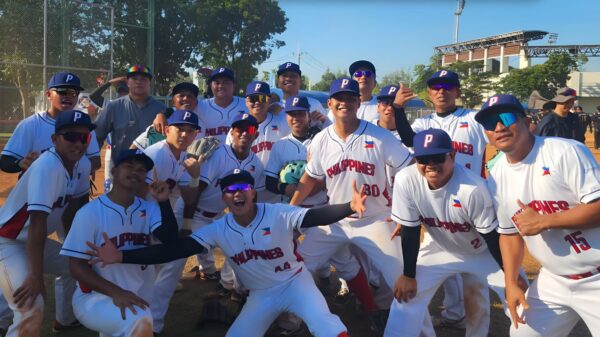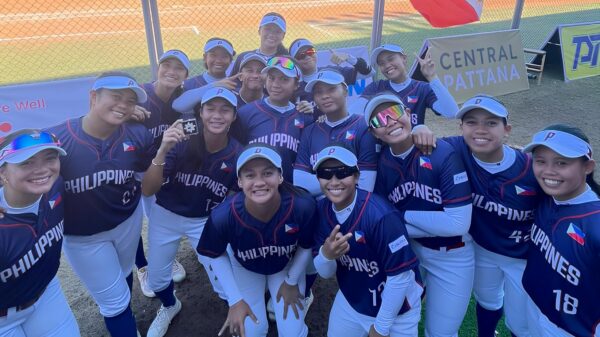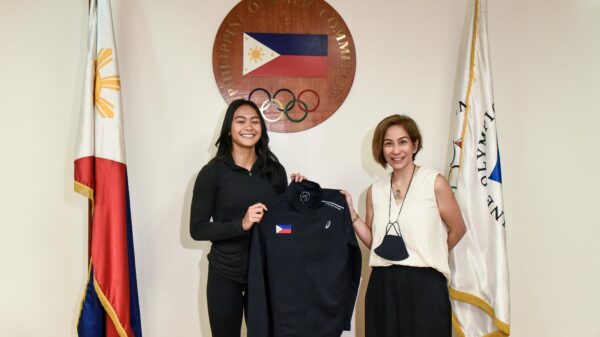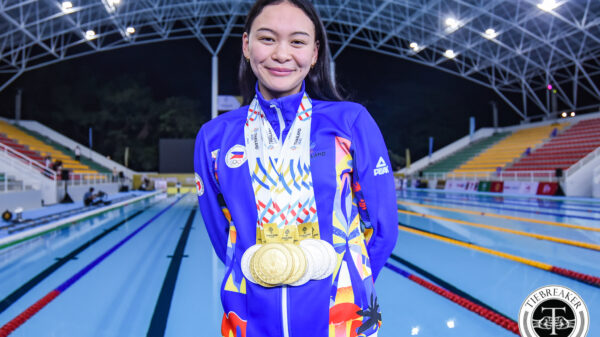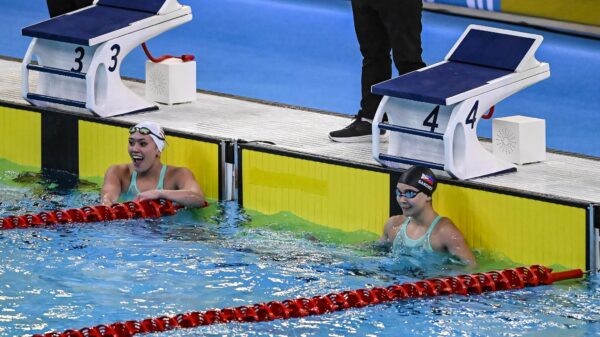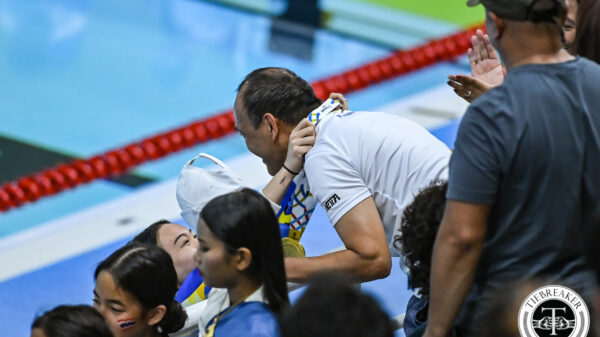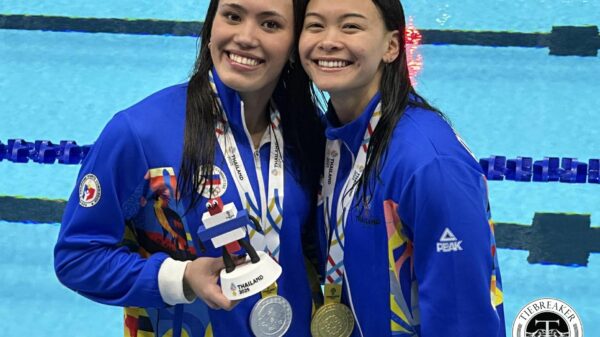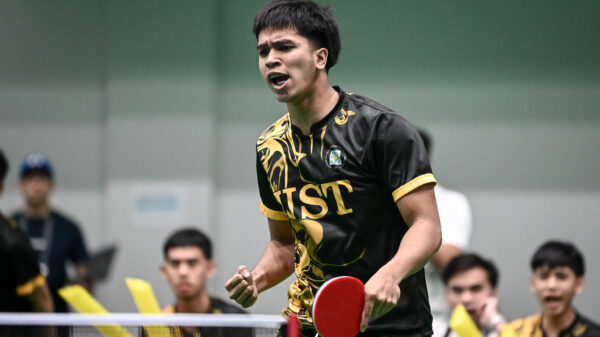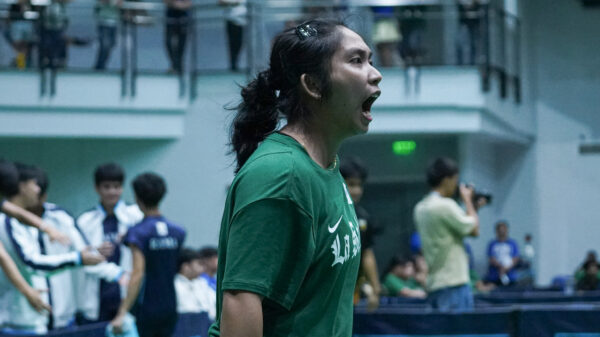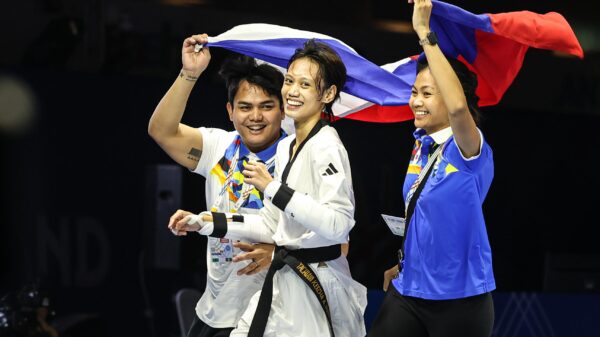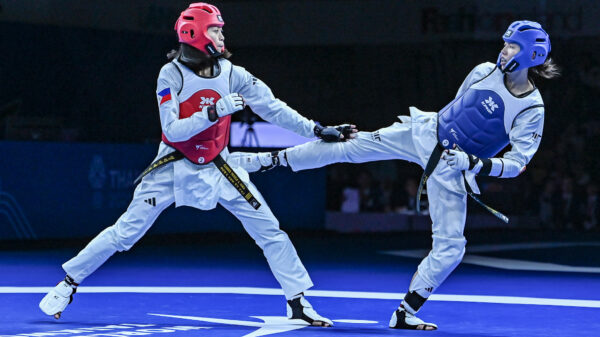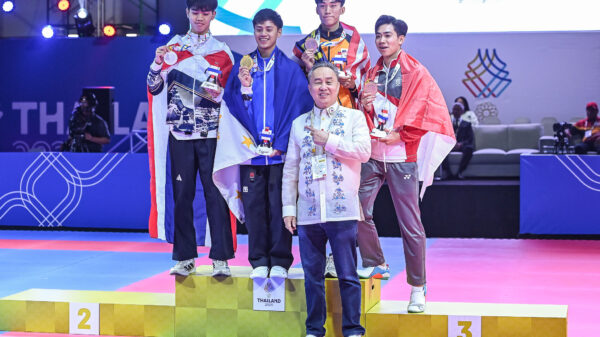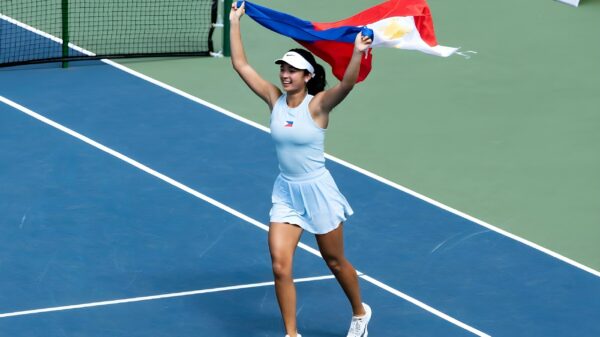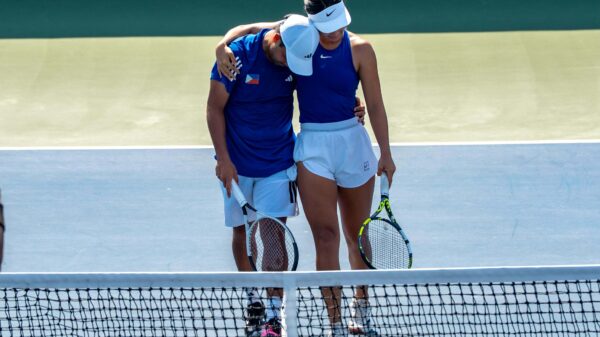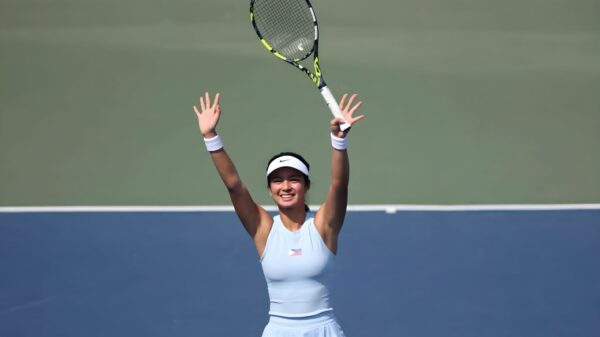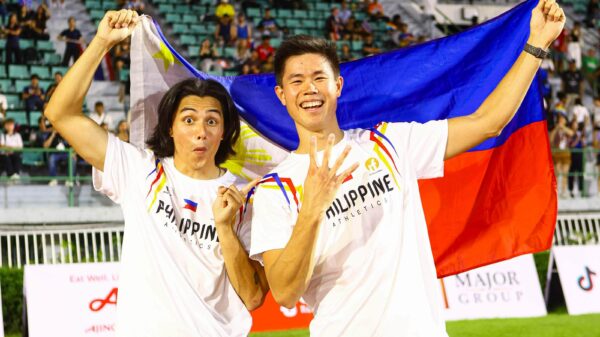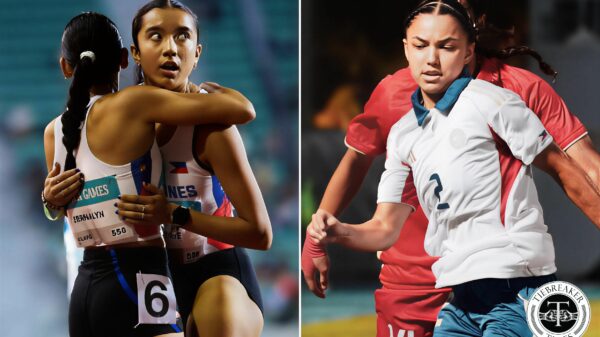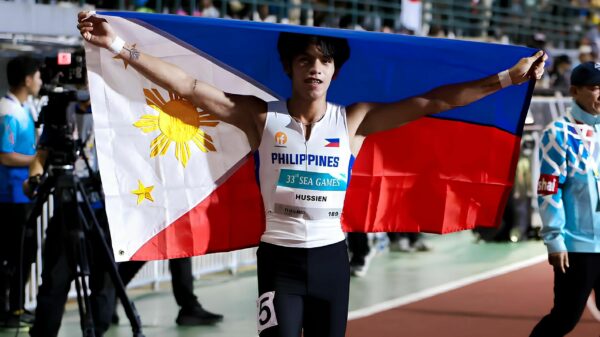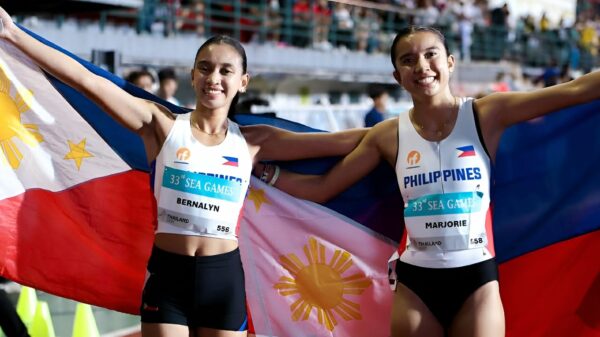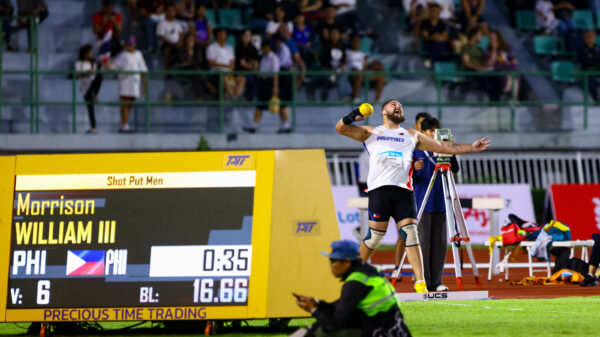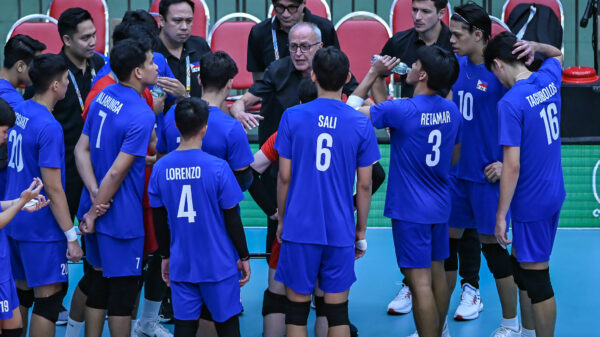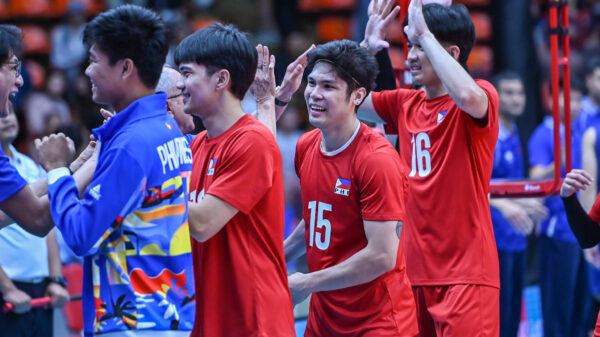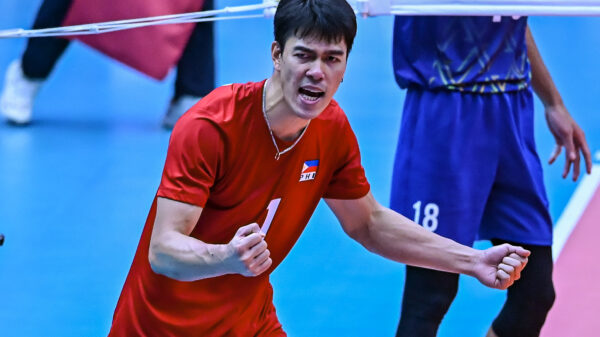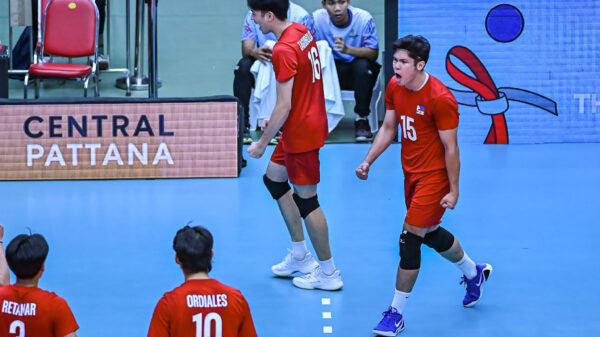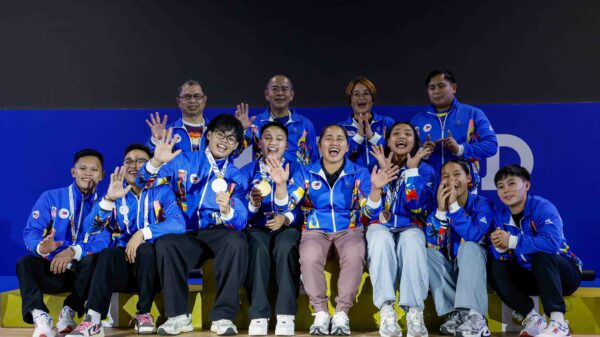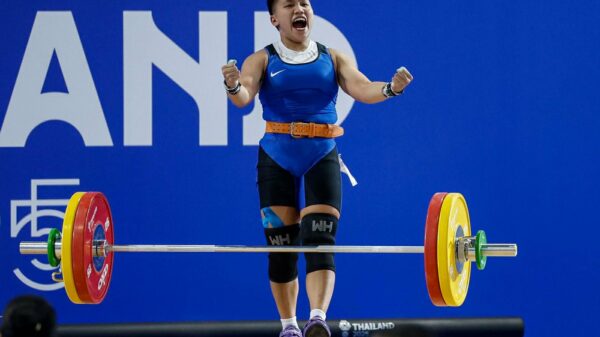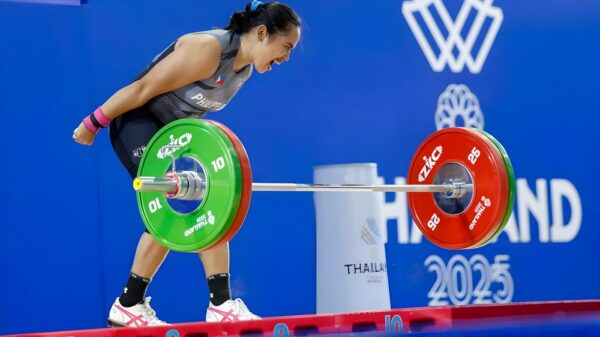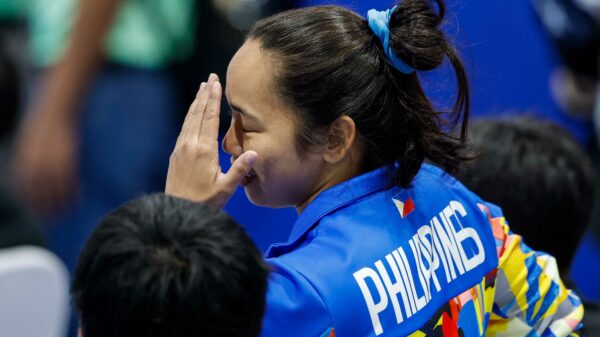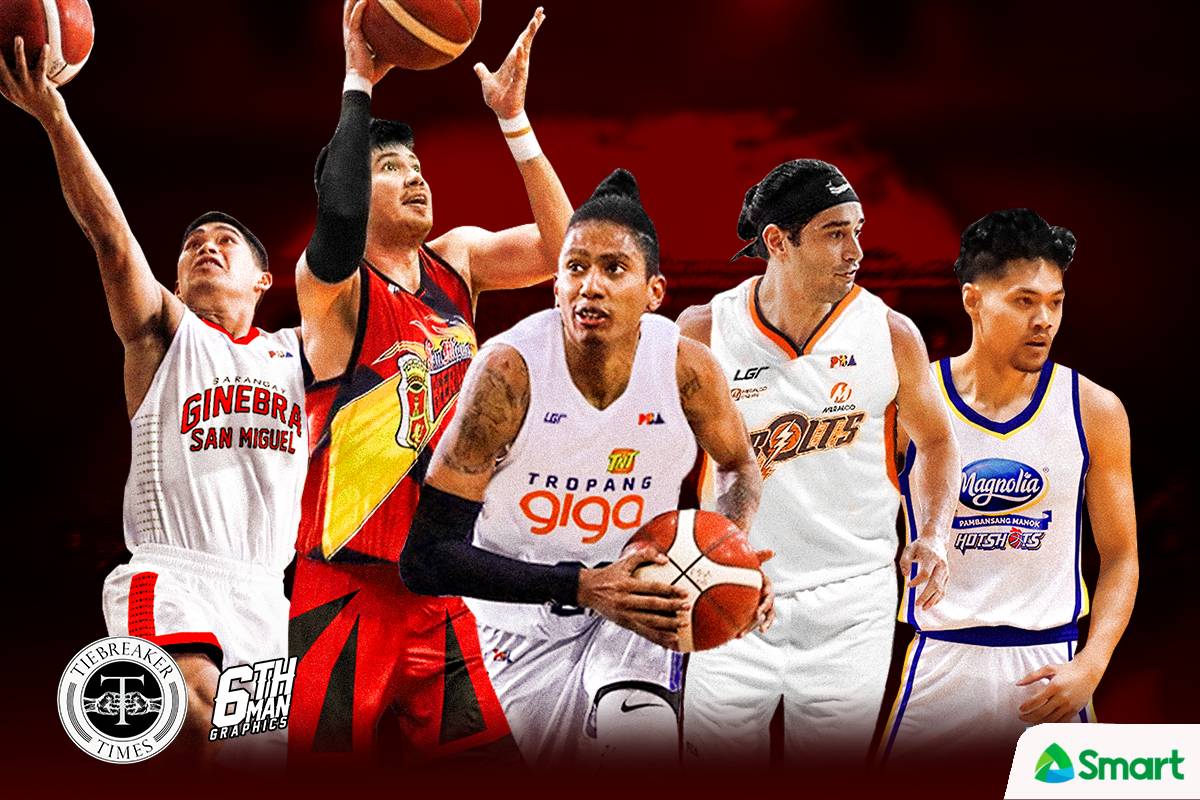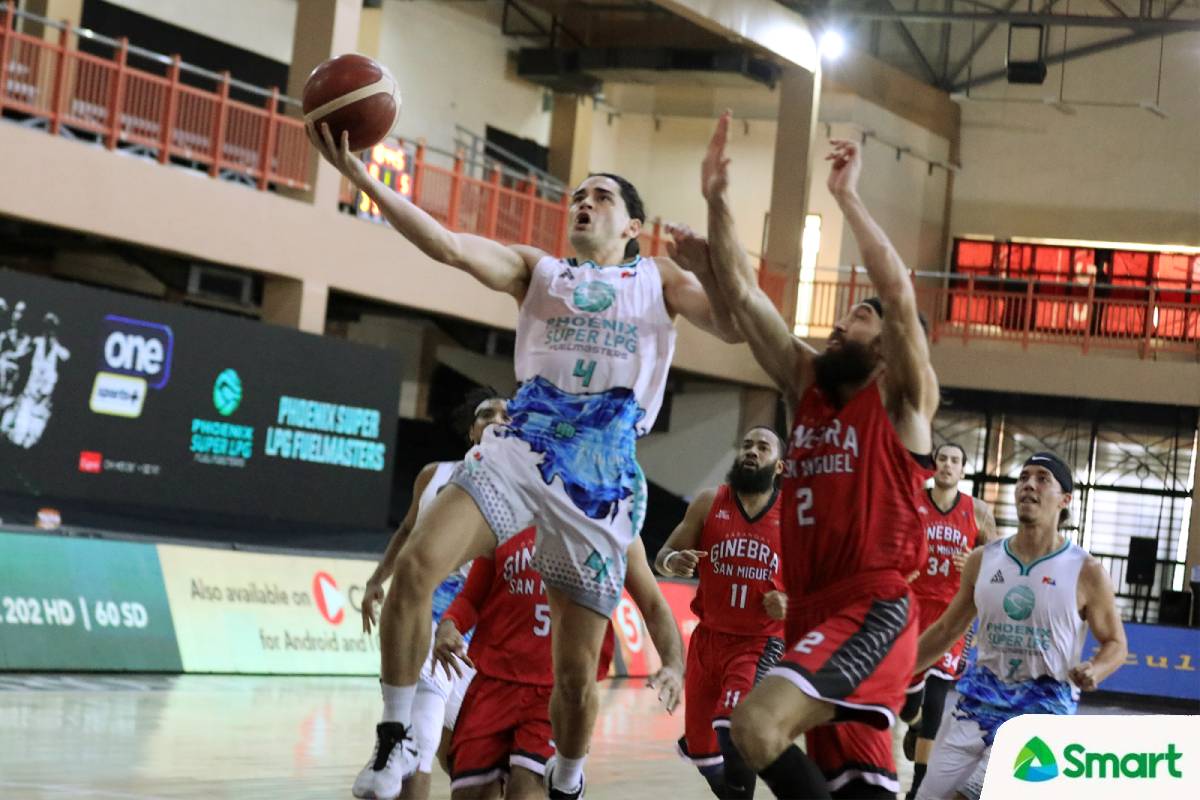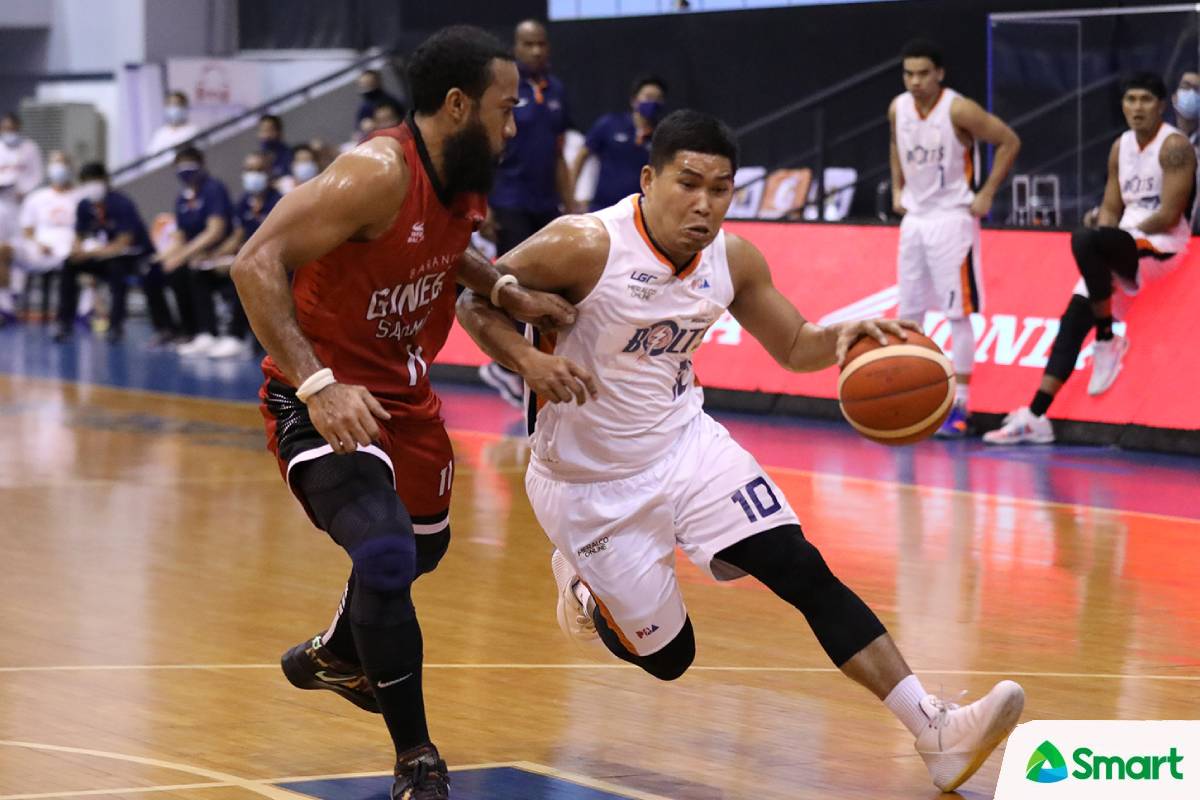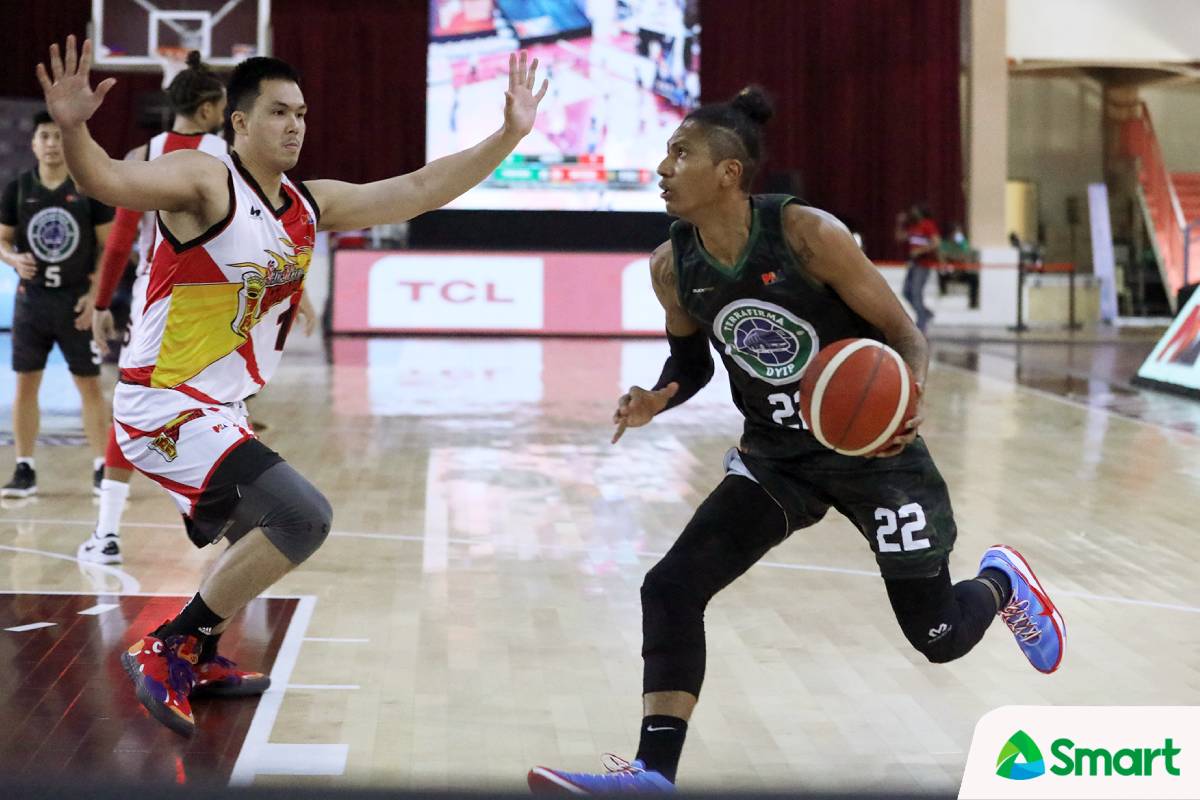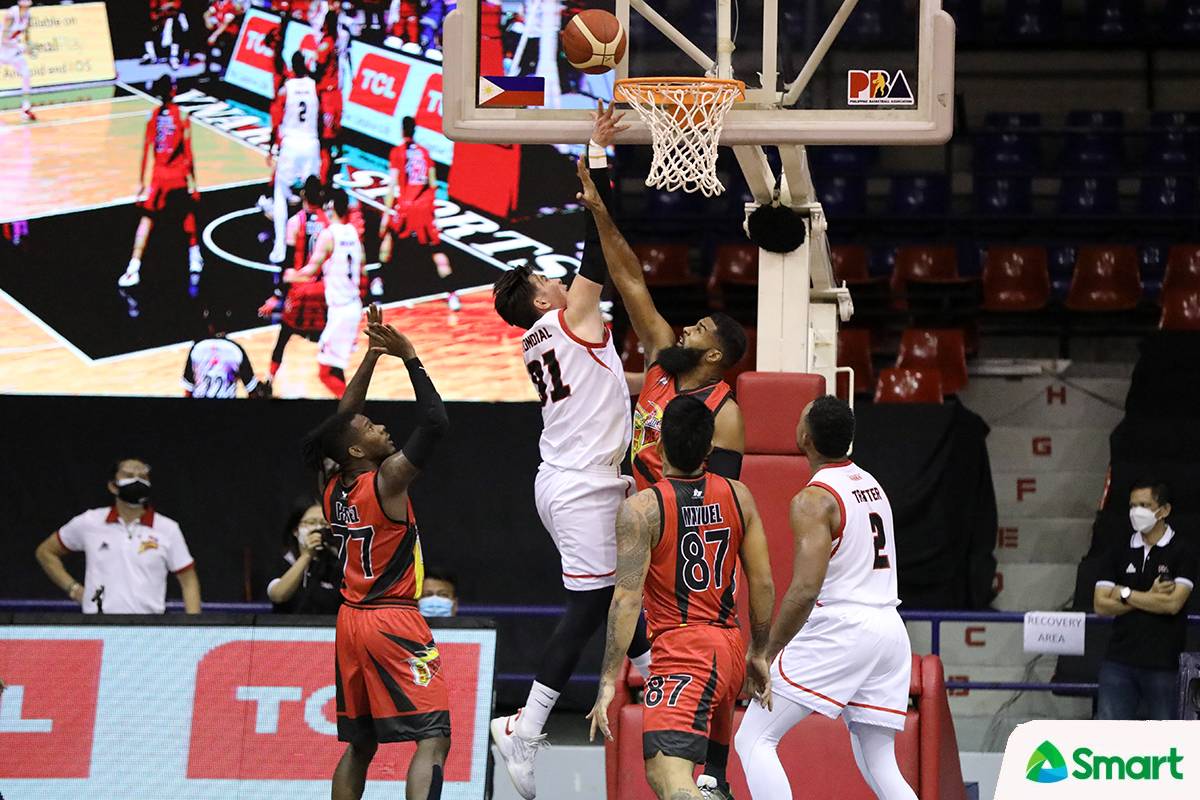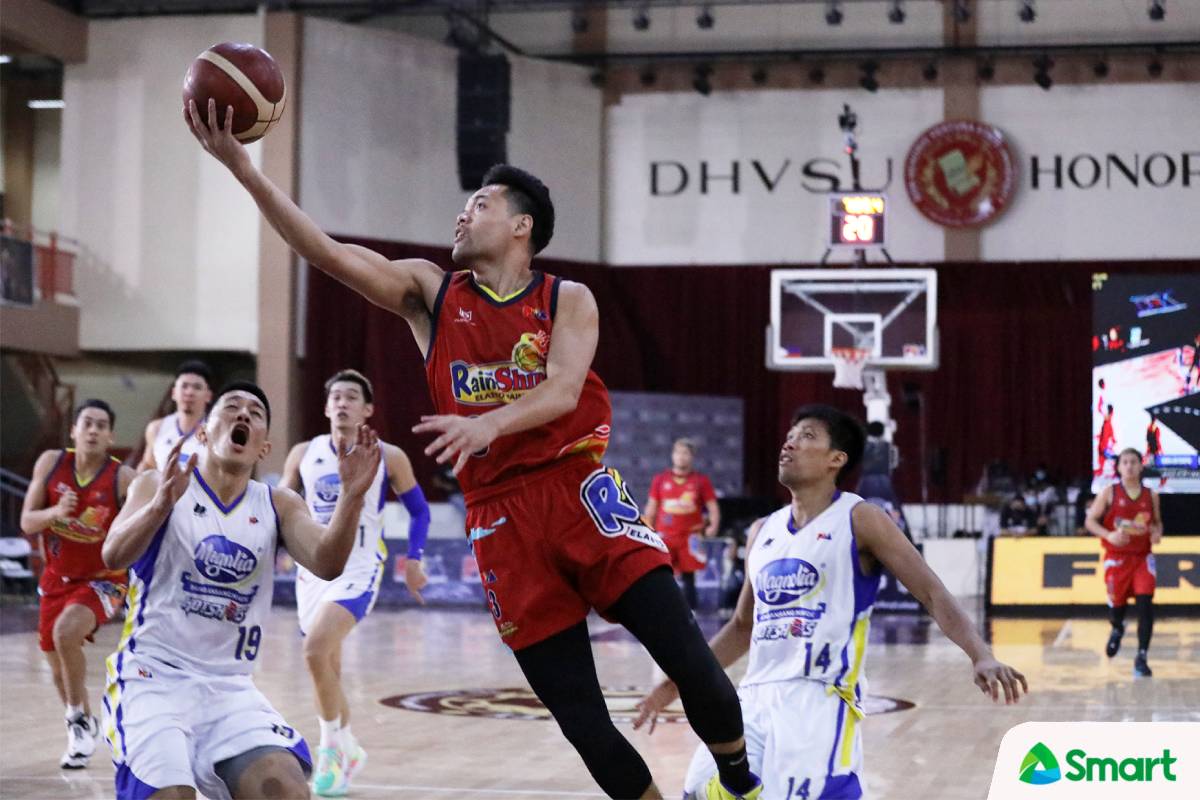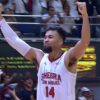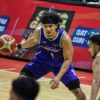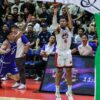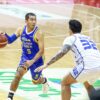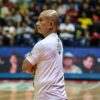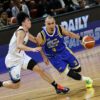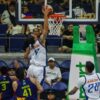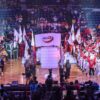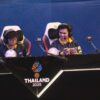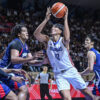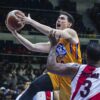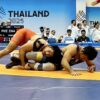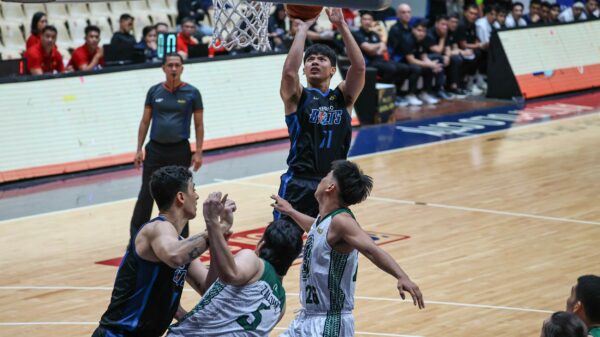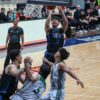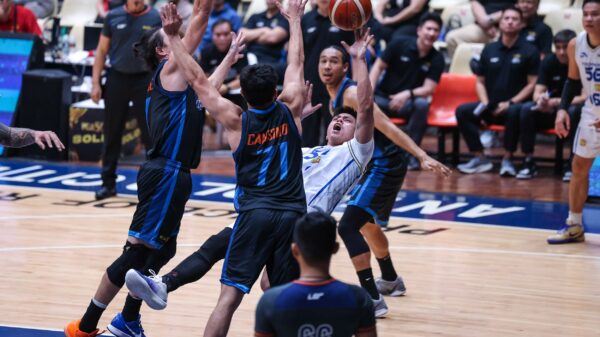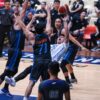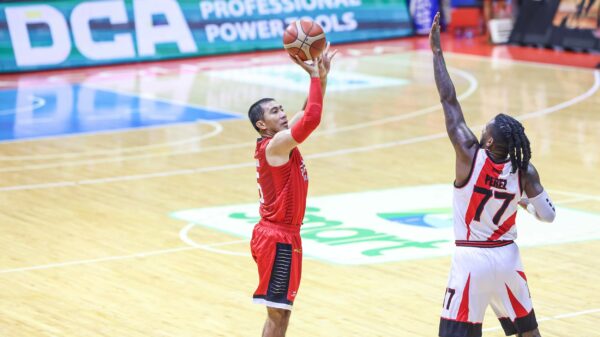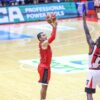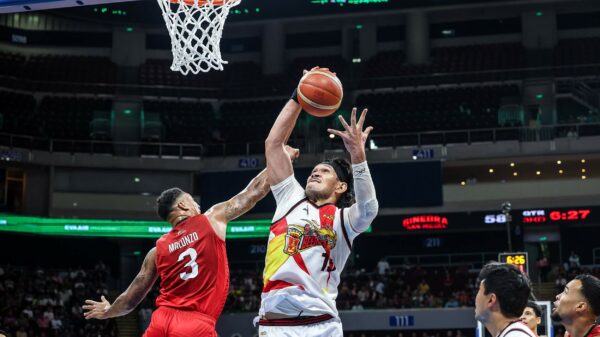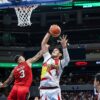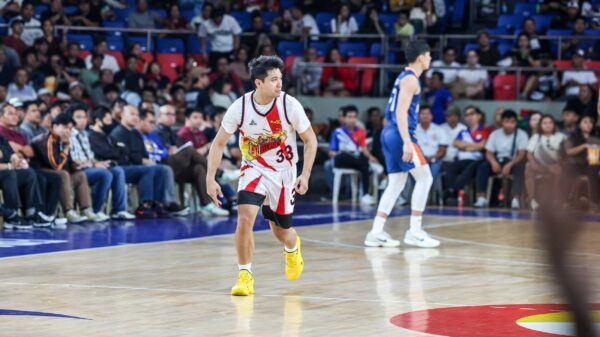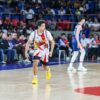A landmark ruling that led to the first “real” free agency in PBA history has resulted in significant movement at the turn of the calendar, slightly tilting the balance towards player empowerment in a league that previously allowed little of such privilege.
While most teams have reportedly tied down some of the biggest names from the 2014 Rookie Draft class, or the first batch to reap the benefits of the new rule, five names — Rodney Brondial, Nard Pinto, Matt Ganuelas-Rosser, Chris Banchero, and Adrian Wong — still managed to make some noise by being some of the first players to exercise the freedom to sign with any team they wish.
All five address certain weaknesses and amplify existing strengths that their new teams possess, but up to what extent?
From the Block took a closer look and rated every deal down. In this piece, we’ll only focus on players who turned down initial offers from their former teams to sign elsewhere.
(Stats are courtesy of RealGM.com.)
Chris Banchero to Meralco (three years) = A
Averages: 18.0 points on 55.4/38.9/64.7 shooting (62.1 true shooting percentage or TS%), 3.6 rebounds, 4.4 assists, 2.4 steals, 2.6 TOs, 29.9 minutes per game (five games)
Landing Banchero shortly after losing their second-best playmaker in Pinto to free agency was a stroke of good fortune for a Bolts (2-0) team that primarily relied on import Tony Bishop to get their offense going for the first two games of the 2021-22 Governors’ Cup.
Bishop, yet another gem of an import unearthed by head coach Norman Black, has been spectacular to start the conference and has averaged a league-high 32.0 points on 62.0 TS% (second among all imports), but he was actually the only Meralco player who scored at league average (currently at 51.9 TS%) in both contests.
That is why getting this version of Banchero is important for the Bolts. The Fil-Italian guard — a 42.5 percent shooter from the field and a sub-30 percent shooter from long range who never really attempts a lot of threes — has only shot above 45 percent in a conference once in his entire career, which means he’s bound to cool down at some point, but Meralco is in for a treat if the scoring is indeed real and he sustains this production even with a slight dip in efficiency.
Beyond Chris Newsome, the Bolts don’t really have another guard who can consistently pressure defenses inside the arc, where Banchero is shooting a terrific 61.7-percent this conference. He can get unidirectional at times and he doesn’t really have an advanced handle and an explosive first step to dust off defenders, but he can get crafty and is good at puncturing holes in the pick and roll, where his affinity for rejecting screens or catching one (or both) defenders in the action flat-footed often result in clear runways to the rim.
Health has been the key for Banchero. After being hampered by a calf injury the last conference, the 33-year-old guard looks rejuvenated and has displayed the burst that was mostly missing for the past two conferences:
Banchero should take some playmaking load off of Newsome — before departing Phoenix, he assisted on 26 percent of his teammates’ shots, a figure that ranks ninth among locals — though the latter should rightfully get most of the usage given that he’s arguably one of the best playmakers in the league today.
He’s no stopper at the point-of-attack, but he has dabbled a lot in passing lanes. Banchero is currently tied for the league lead in steals:
Coach Black will have his hands full integrating Banchero into the system in the middle of the tournament, but there’s a good chance he won’t mind. After all, his Bolts just landed the biggest fish out there.
Nard Pinto to Barangay Ginebra (three years) = B+
Averages: 9.0 points on 41.2/12.5/100 splits (49.1 TS%), 5.5 assists, 2.5 rebounds, 1.0 steals, 1.0 TOs, 27.8 MPG (2 games)
The Pinto signing is a definite win for the Gin Kings (3-1), who successfully bolstered their guard depth in the aftermath of Stanley Pringle’s meniscal tear diagnosis.
He won’t replicate Pringle’s production and impact, but he’s no stopgap option, either. Pinto should get real playing time, allowing Scottie Thompson to remain as a secondary playmaker/play connector and giving coach Tim Cone a chance to reduce the 37-year-old LA Tenorio’s workload (34.9 minutes, 11th among locals).
Pinto rose above the glut of guards in the Meralco backcourt mainly because he’s serviceable at the point without being a liability on defense. His shot will come and go, but he’s continuously improving as a passer and has good chemistry with big men in the pick and roll — a trait that should immediately translate upon his arrival:
A lot of Pinto’s reads aren’t exactly high-level passes, but he’s steady and keeps the action going. The sample size is small (he’s only played two games), but he’s assisted on 34.3 percent of his teammates’ field goals, a figure that sat at sixth among locals just before the league suspended play.
That’s a pretty essential figure in the context of a Ginebra offense he’s stepping into. About 61.5 percent of the Gin Kings’ are field goals are assisted, which ranks third at this juncture in the tournament; per DribbleMedia.com’s database since the 2019 Philippine Cup, the only time the team ranked lower in that department was back in their failed title defense last conference.
Matt Ganuelas-Rosser to TNT (three years) = B
Averages: 5.0 points on 62.5% shooting, 2.0 rebounds, 1.8 assists, 2.0 steals, 1.2 TOs, 20.7 minutes
When Terrafirma went on that surprising giant-killing run last conference that saw them take down Ginebra and San Miguel on their way to a near playoff berth, Ganuelas-Rosser was one of the central figures — pushing the tempo in the open break, weaving advantages in the margins in the halfcourt, and stringing together a bunch of stops for a usually feeble Dyip defense.
Those values have immense value for any contender, and it’s why TNT’s addition of Ganuelas-Rosser makes so much sense — a union between arguably one of the league’s best Swiss Army knives and a team that hasn’t shied away from relying on scrappy glue guys to reinforce the pillars of their title squad.
When it comes to the little things, few do them better than Matt does:
Theoretically, the Fil-American winger can slot into most lineups in a pinch given his value as a low-usage, secondary/tertiary passer, screener, and cutter. His limitations at creating his own shot caps his ceiling, of course, but on a team with bonafide offensive options, there’s really no need for him to do much on that end aside from making the correct passes and getting to the right spots.
His value on defense is pretty huge. Ganuelas-Rosser moves his feet effortlessly, times his hands well, and possesses the length to bother most opposing players from 1 to 4. One unusual gem from last conference: the 31-year-old ranked seventh among all players in the Defensive Box Plus-Minus (DBPM) metric — a stat that attempts to measure a player’s contribution on defense — even with Terrafirma posting the second-worst defense in the league. It’s not a perfect stat by any means, but it does reinforce certain notions about who he is on that end of the floor.
The only thing that kept this signing from getting a higher grade is the fact that, unlike Pinto, the minutes aren’t guaranteed; there’s a chance that he’ll be a situational player battling for playing time, either at the 3 or the 4, alongside the likes of Ryan Reyes, Gab Banal, and Glenn Khobuntin. Still, there’s just so much to like about this deal for both parties, and it’s hard to imagine him in a place where he’ll be utilized better.
Rodney Brondial to San Miguel (three years) = B
Averages: 4.6 points on 55% shooting (57.5 TS%), 4.0 rebounds, 13.4 minutes in 5 games
Adding Brodial may probably be SMB’s way of amending their depth issues in the frontcourt — an under-discussed problem throughout their dynastic stretch last decade that came into full view when June Mar Fajardo missed the 2020 tournament with a shin injury.
With his former ward in Adamson in tow, coach Leo Austria can now mix and match pairings between Brondial, Fajardo, Mo Tautuaa and Vic Manuel instead of having to stagger minutes. His versatility allows him to play alongside any of those bigs; he’s primarily better off in drop coverage, but he’s mobile to an extent that allows him to play more aggressive coverages decently, and he has good hands and positioning to boot. Offensively, he has a soft touch around the rim and is a decent option as a roll man.
Of course, the biggest consideration that SMB takes when signing a player is their ability to play alongside Fajardo. Brondial can do just that without making life harder for ‘The Kraken’ simply because he’s able to stretch the floor respectably. He won’t bury you with a deluge of triples, but he’ll make you regret it if you don’t pay him mind:
Brondial is effective in low usage. His most efficient conference came in the 2020 Philippine Cup, where he averaged 6.8 points on 60.4/53.9/64.7 shooting splits for a 67.8 TS%, second among all qualified players.
The question here is: Will he get enough playing time? He’s good enough to merit minutes and take the load off of the three other guys in front of him, but there’s a possibility that even his playing history under Austria might not get him more than 15 a game due to the coach’s penchant for having strict rotations. Let’s see how his minutes pan out.
Adrian Wong to Magnolia (two years) = C
Averages: 1.6 points in 8.5 minutes, 5 games
There’s not much to dissect here other than the fact that the Hotshots are getting additional depth at the 2 and 3 spots with Wong getting on board. He hasn’t played a lot (29 games) so we can’t give a fair evaluation yet, but based on what he’s shown, he has the potential to provide good bench shooting and defense thanks to his good shot mechanics and length at the PBA level. Maybe he can get more growth and opportunity under coach Chito Victolero, who’s one of the smartest shot-callers in the league today.
—
All PBA games stream live on GigaPlay. Download it now on Android or IOS.
The second game of each playdate is also livestreamed on SMART Sports.

